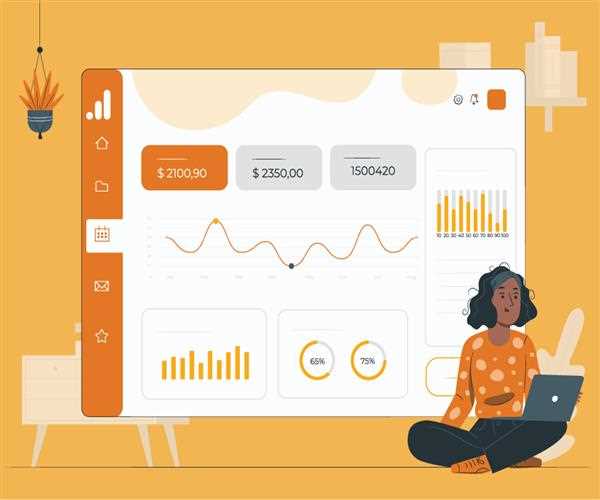Google Analytics 4 (GA4) is the latest version of Google's web analytics platform. It was introduced in October 2020 as the successor to Universal Analytics. GA4 is designed to help businesses get a more complete understanding of their customer's journey across all channels and devices. It has some exciting new features that are worth exploring. In this article, we will discuss the latest features of Google Analytics 4.

Enhanced Measurement
One of the biggest changes in GA4 is the introduction of enhanced measurement. With enhanced measurement, you can track more user interactions without the need for additional code. GA4 can automatically track certain events such as file downloads, outbound clicks, video engagement, and scroll depth. This allows you to get a more complete picture of user engagement on your website.
Also read: Digital Marketing - An Overview
Event-based Tracking
In GA4, all tracking is based on events. This means that you can track any user interaction on your website or app as an event. For example, you can track clicks on buttons, form submissions, or even when a user watches a video. This makes it easier to track user behavior and gain insights into how users interact with your website or app.
Cross-domain Measurement
Another significant feature of GA4 is cross-domain measurement. With cross-domain measurement, you can track user interactions across multiple domains or subdomains. This is particularly useful if you have multiple websites or apps that users interact with. It allows you to get a more complete picture of user behavior across all your digital properties.
AI-powered Insights
GA4 uses machine learning to provide AI-powered insights. With these insights, you can get a better understanding of user behavior and how it's changing over time. For example, GA4 can identify trends in user behavior and provide insights into how you can improve your website or app to meet the needs of your users.
Deeper Integration with Google Ads
GA4 has deeper integration with Google Ads. This means that you can get a more complete picture of the customer journey from ad click to purchase. You can track ad interactions as events and see how they impact user behavior on your website or app. This allows you to optimize your ad campaigns and improve your ROI.
User-centric Analytics
GA4 is focused on user-centric analytics. With user-centric analytics, you can get a better understanding of how individual users interact with your website or app. This allows you to create personalized experiences for users based on their behavior and preferences.
Custom Metrics and Dimensions
GA4 allows you to create custom metrics and dimensions. With custom metrics and dimensions, you can track specific user interactions that are important to your business. For example, you can track the number of times a user adds a product to their cart or the amount of time they spend on a particular page. This allows you to get a more complete picture of user behavior on your website or app.
Improved Data Privacy
GA4 has improved data privacy features. With GA4, you can choose how long you want to retain user data. You can also configure your data collection settings to be more privacy-friendly. This is particularly important in light of increased data privacy regulations such as GDPR and CCPA.
In conclusion, GA4 has some exciting new features that can help businesses get a more complete understanding of their customer's journey. With enhanced measurement, event-based tracking, cross-domain measurement, AI-powered insights, deeper integration with Google Ads, user-centric analytics, custom metrics, and dimensions, and improved data privacy features, GA4 is a significant upgrade over Universal Analytics. Businesses that are looking to gain deeper insights into user behavior and improve their digital properties should consider upgrading to GA4.